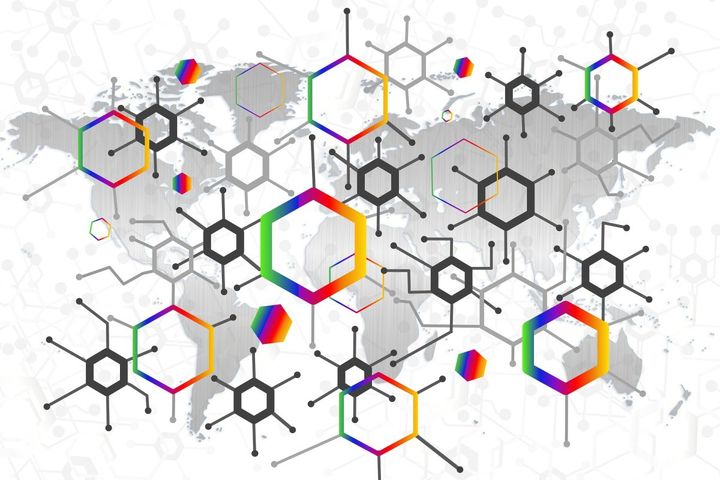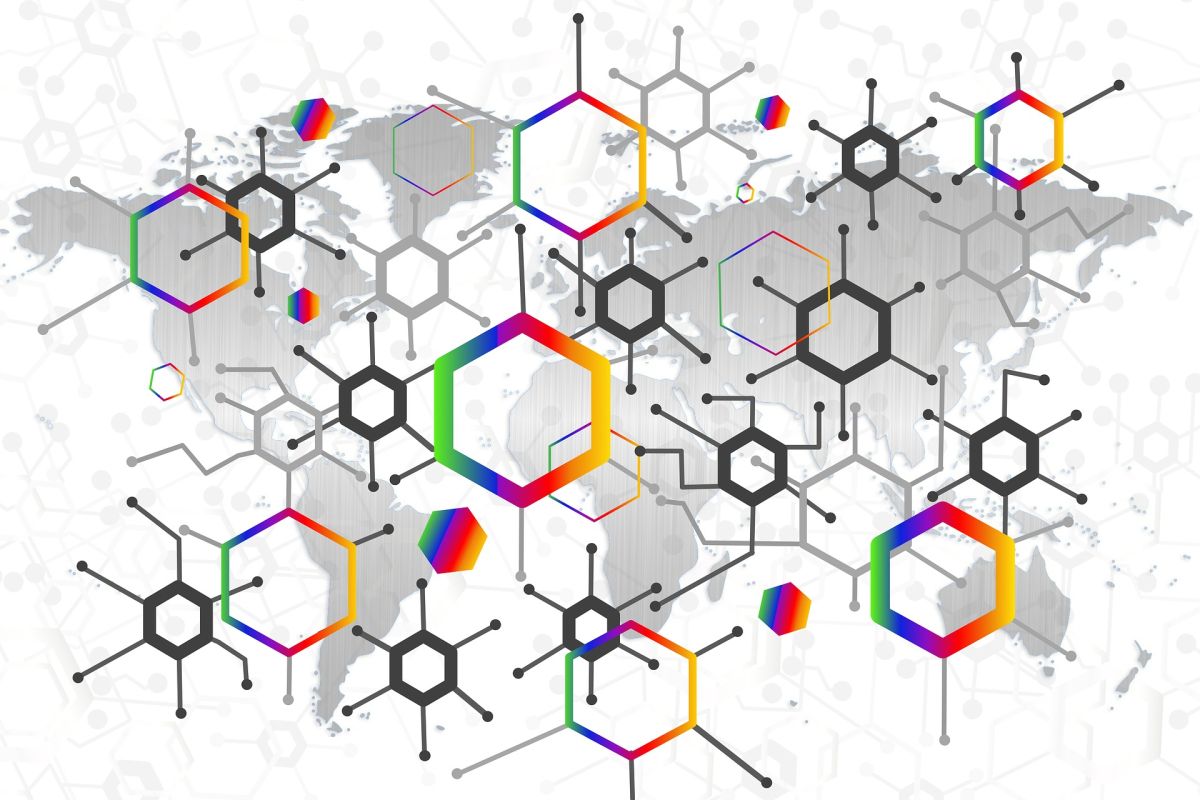Development of the optical metrology - do we need more standards?
Optical metrologyis constantly evolving to meet new challenges in the industry. Although tactile metrology is still frequently used, the future clearly lies in optical metrology - after all, it opens up completely new possibilities for quality management and process optimization in production. Developments are progressing to open up these possibilities. But does this require more controls?
Compliance with standards
One challenge of optical metrology is that standardization has to be established step by step in this still quite new field. While in tactile metrology the average roughness value (Ra) and the roughness depth (Rz) are standardized as parameters, such a parameter is missing for optical metrology. As a result, some manufacturers define their own parameters which makes it more difficult to handle the measurement data consistently. Official standards make this approach unnecessary and make it easier for manufacturers and users to use optical metrology.
Standards in optical metrology are also necessary due to international differences. Manufacturers in the Asian market in particular often use data that cannot be compared with European data sheets. This makes it difficult for users to make a fair comparison between suppliers of measurement technology. This is why an initiative has been launched by industry and research to promote the "Fair Data Sheet for Optical 3D Surface Meters". Its purpose is to provide the user of optical metrology with definitions of important terms and also to explain specified quantities. The aim is to enable comparison between different measuring instruments.
Existing regulations
The DIN EN ISO 25178 series of standards, which is currently still being developed, is intended, for example, to standardize the calibration of measuring instruments. The standard for the definition of calibration methods and the standard for the description of metrological features for area-wide topography methods have already been published. In the next few years, the standard including the regulations for calibration processes will follow.
Regulations of the automotive industry
The automotive industry is subject to numerous regulations and quality standards that its products must meet. To achieve these standards automated measurement techniques are an important tool. In the automotive industry inline measurements are the preferred solution. The difficulty lies in the fact that surface roughness and topography in motion cannot be measured with satisfying results. The assembly line in production would have to stop for this - which, of course, does not meet the customer's requirements. One solution is to implement the measurement technology nearline, i.e. not directly in the process, but close to the production.
The company GOM whose software ATOS we also use at Kremann and Esser, was a pioneer in the development of measuring systems used for car body measurements. The technology is now developing into flexible solutions that can be adapted through a modular structure to different framework conditions. However, in order to meet the strict regulations the technology still has to develop strongly. Consistent standards can help to ensure that these developments are not at the expense of quality and that market transparency is guaranteed.


